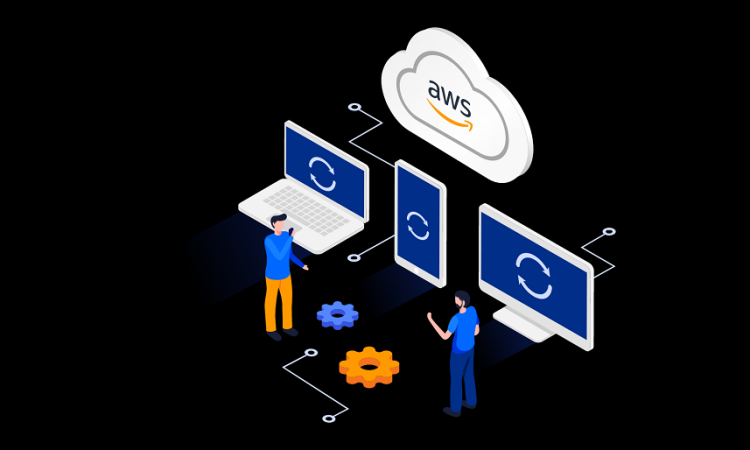
Today, more enterprises realize the importance of upgrading their existing technologies to ensure smoother and more consistent work performance. And many of them see migration to AWS as one of the most effective upgrades. For a lot of internal business operations and activities, cloud technology has become a game-changer, benefitting efficiency, scalability, security, and other aspects.
There are many advantages of migrating to a public cloud infrastructure such as AWS, including:
- Decreased costs: setting up, configuring, and supporting various on-premise apps and systems is associated with high costs. With AWS, however, organizations can significantly reduce these expenditures by only paying for the computing resources they use and leaving the maintenance costs to the cloud provider.
- Enhanced flexibility: AWS gives companies the flexibility to integrate various programming models, DBs, OS, and architectures that they already know and use. All AWS products and services are compatible with practically all current coding languages, so the user will not need to master new codes or worry about data loss during the migration process.
- Better security: AWS operates on the shared responsibility model, meaning the platform has to ensure the security of its infrastructure while the user is to protect the integrity and confidentiality of their data in the cloud. Individual customers have complete ownership and control over their digital assets and can encrypt their data, keep it in any format, and move or remove it whenever they like.
3 most efficient AWS migration practices
Switching to the cloud can be an overwhelming experience, which is why many businesses prefer to trust this job to professional cloud migration service providers like Dedicatted. To leverage all the unique capabilities of the cloud with minimum effort and downtime, companies need to develop a perfect migration strategy in advance and make sure it takes full advantage of the following three best AWS migration practices:
- Evaluate the apps’ architecture. A thorough understanding of the architecture will aid in the analysis of the dependencies and integration of the applications and facilitate the transition to the cloud.
- Rectify pain points. After analyzing the architecture and the workings of the apps, companies will have a lot of valuable information about the flaws and issues likely to arise throughout the migration process and can explore, correct, and improve those pain points.
- A thorough validation. Performing all possible validation tests for on-premise and cloud-based components before migrating to AWS is crucial as it will help avoid unwanted events during the migration process.
